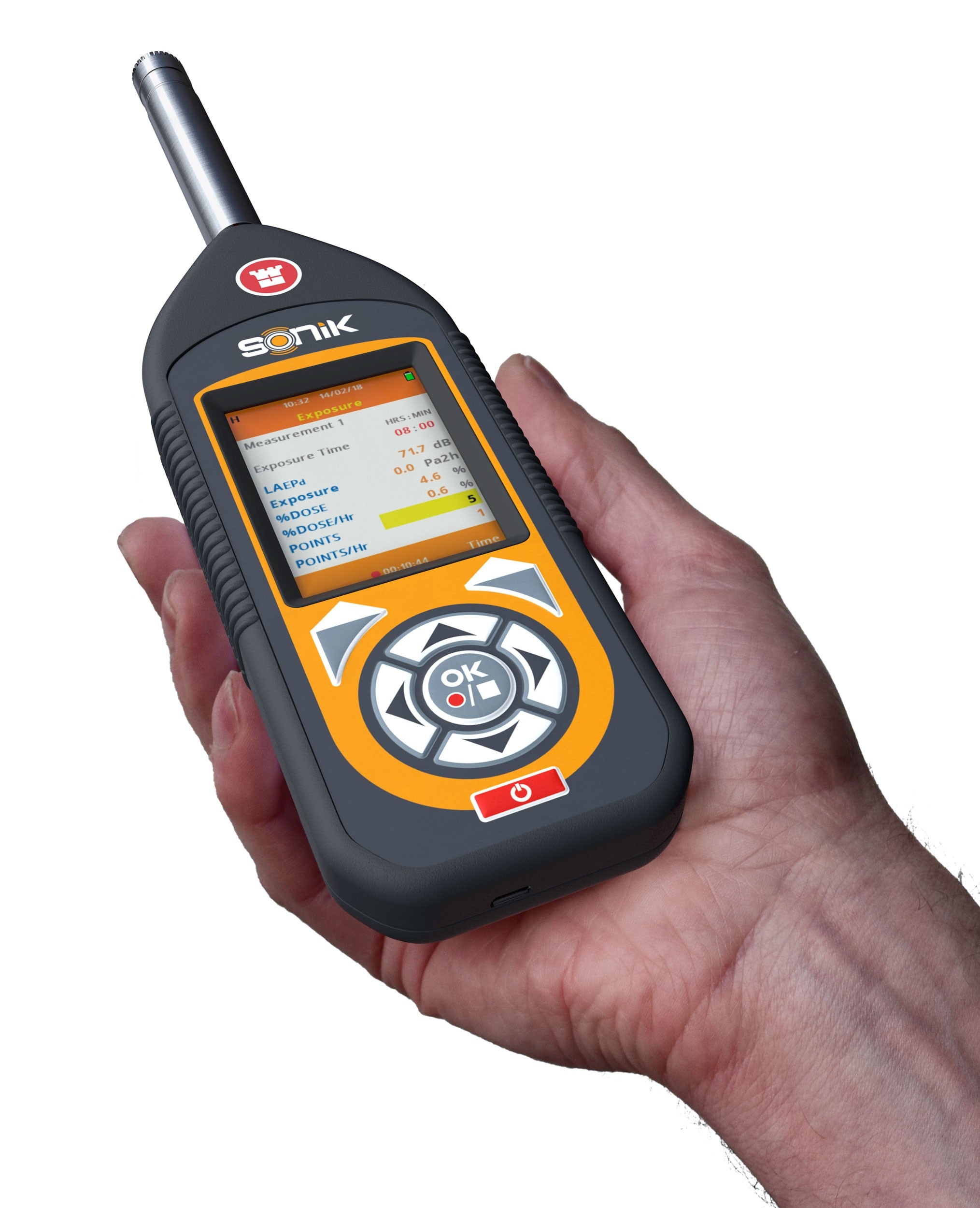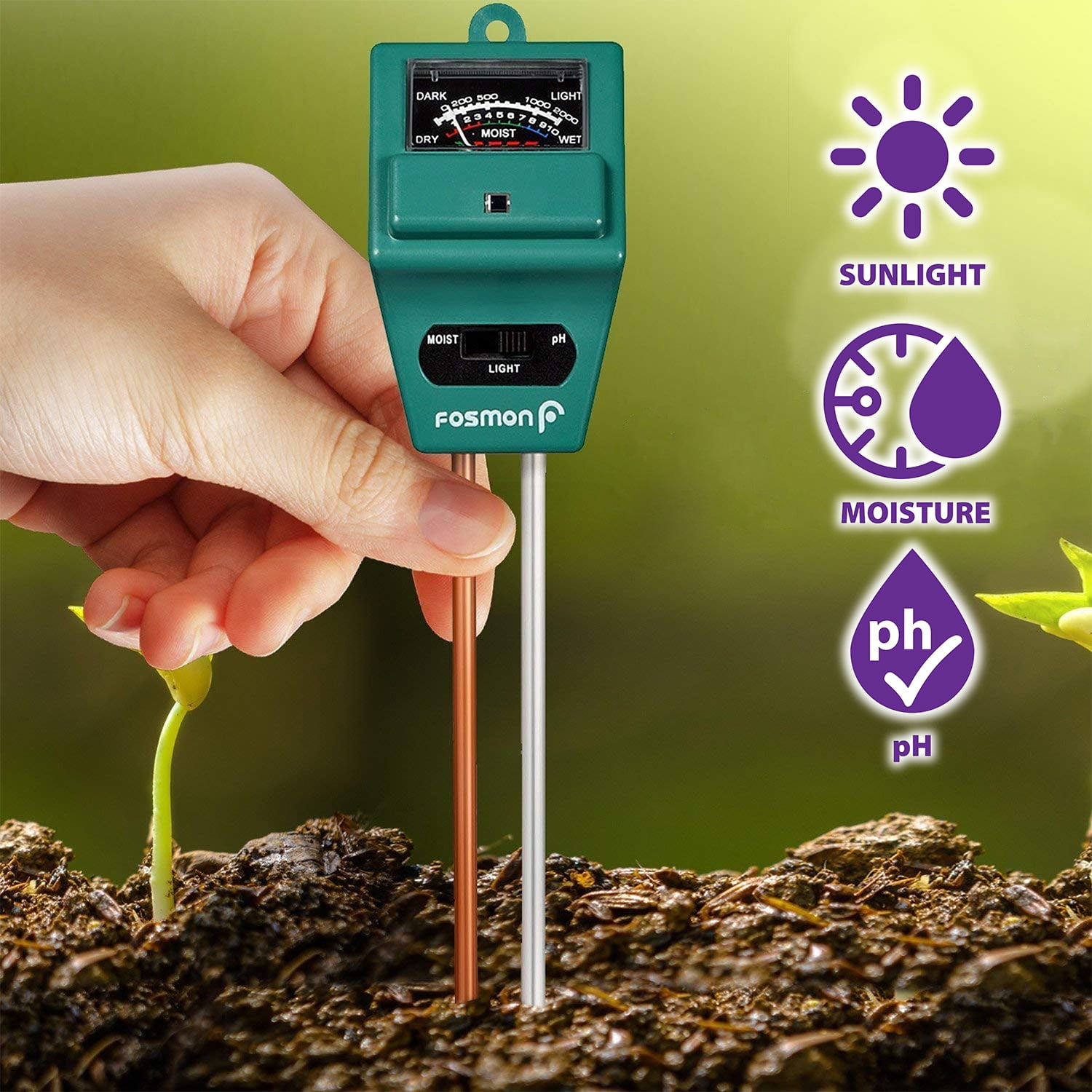
There is a lot of confusion out there about center freqs and offsets that create some problems. I use Olivia occasionally to remain somewhat proficient with that mode. Digital is a good method of passing information or emergency comms in poor conditions.

MY favorite mode for talking to another ham is SSB which to me is “personal”, the voice is the fascinating part of talking to another person in a far away or unusual place. I started out in the 70’s with AM,SSB,CW,RTTY,PK232, SSTV, etc.
#Level meter to use with fldigi manual#
The FLDigi Manual of Operation is found here: įor additional information on Olivia, check out: That would translate to the 14.0729 CENTER frequency.
#Level meter to use with fldigi software#
If your software is set to show OFFSET, then you might, for example, set your radio’s dial frequency to 14.0714, and place the center of your waterfall cursor to 1500 (1500 Hz). If your software’s waterfall shows the frequency, then you simply place the cursor so that its center is right on the center frequency listed, above. The cursor is what you use to set the transceiver’s frequency on the waterfall. Q: What’s a ‘CENTER’ Frequency? Is That Where I Set My Radio’s Dial?įor those new to waterfalls: the CENTER frequency is the CENTER of the cursor shown by common software. (Why the …9 frequencies? Experts say that ending in a non-zero, odd number is easier to remember!) See the pattern?īy the way: The current suggested CENTER frequency With 16/1000 or 32/1000 on 20 meters is 14.1059. In this video, contributing editor with CQ Amateur Radio Magazine, NW7US shares some starting points in the FLDigi software for Olivia keyboard-to-keyboard chat mode.Ĭurrent CENTER Frequencies With 8/250 in MHz:ġ.8269, 3.5729, 7.0729, 10.1429, 14.0729, 18.1029, 21.0729, 24.9229, 28.1229, and so on. When you desire to get to know people from other areas of the world, or if you need to establish networks around the world for passing information–perhaps an emergency net in support of the Red Cross–or if you are motivated by any other of a myriad reasons to establish a keyboard-to-keyboard conversation by way of the ionosphere, modes like Olivia are great candidates for your consideration.


They cannot handle any additional communications beyond a callsign, a signal report, a grid square, and a very limited set of acknowledgments and sign-off messages. While making quick work of getting DX stations into your logbook by exchanging callsigns, a signal report, and a grid square, the JT/FT modes (JT stands for Joe Taylor, the fellow that pioneered these modes) are limited. (The meaning of QSO on Wikipedia: An amateur radio contact, more commonly referred to as simply a “contact”, is an exchange of information between two amateur radio stations.) Unlike the JT/FT digital modes–modes that do an incredible job under marginal propagation conditions–there are other modes that offer keyboard-to-keyboard conversational QSO opportunities that can overcome rough shortwave radio propagation conditions. Demonstration: Using FLDigi to Communicate with Olivia Digital Mode on Shortwave


 0 kommentar(er)
0 kommentar(er)
